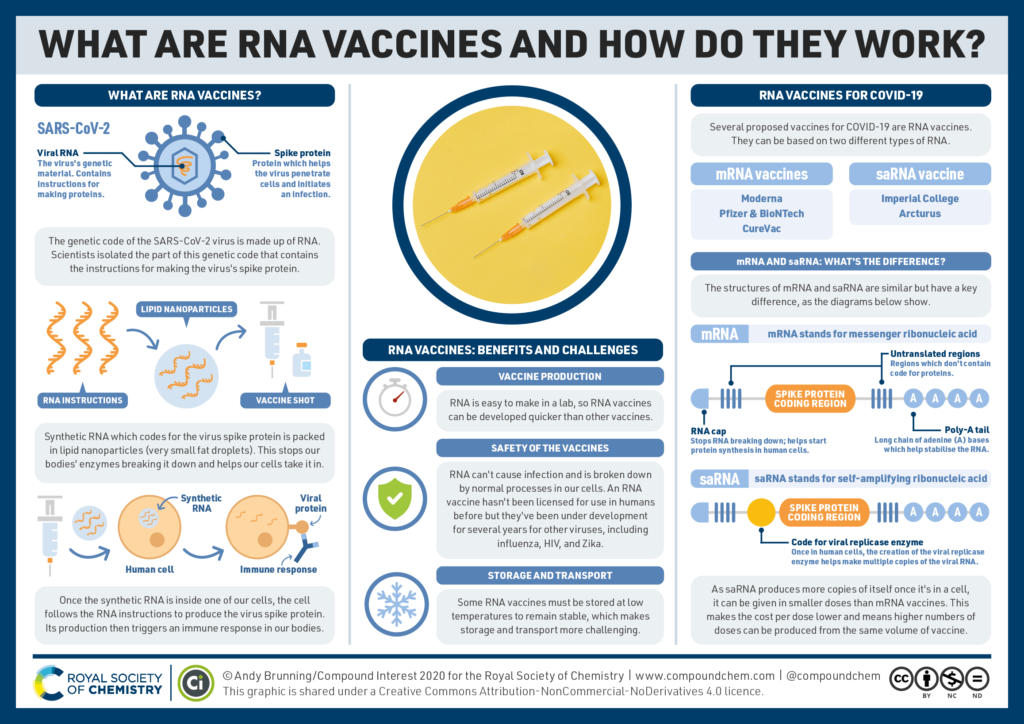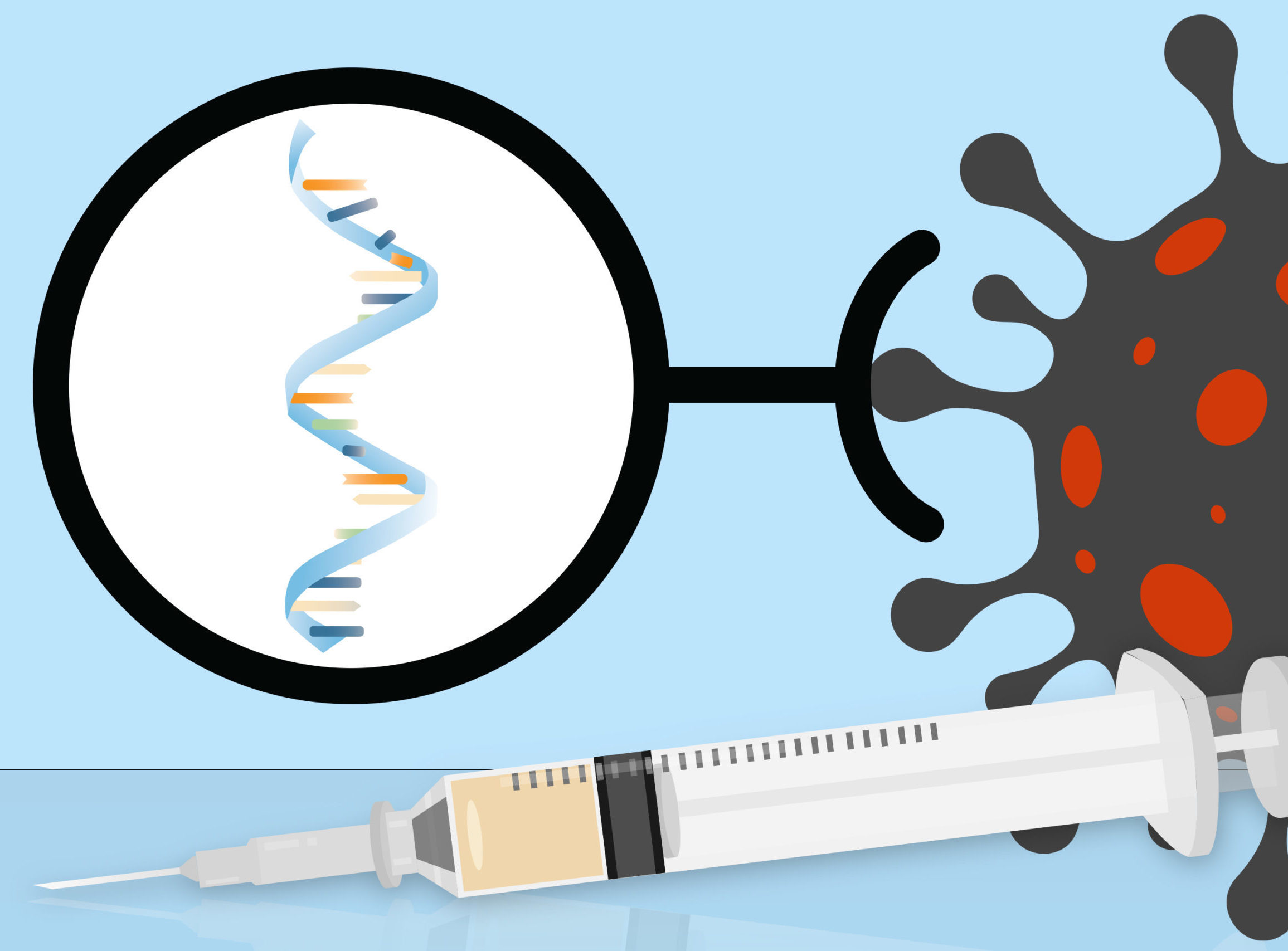
As of right now three vaccines have been approved by the FDA for emergency use against SARS-COV-2: the Moderna, Pfizer, and Johnson and Johnson vaccines. Both the Moderna and Pfizer vaccines implement a emerging form of vaccine formation: the use of mRNA, while the Johnson and Johnson vaccine follows more traditional means of making vaccines and delivering the instructions to the body.
Emmanuel Odekunle
COVID-19 Vaccines
Molecular Breakdown
The Coronavirus is a virulent disease that has infected millions of people around the world and results in symptoms akeen to being fully healthy to fevers, chills, and worst of all death. In order to “flatten the curve” and begin to direct the world and the economy towards a sense of normalcy, the development of an effective vaccine is critical.
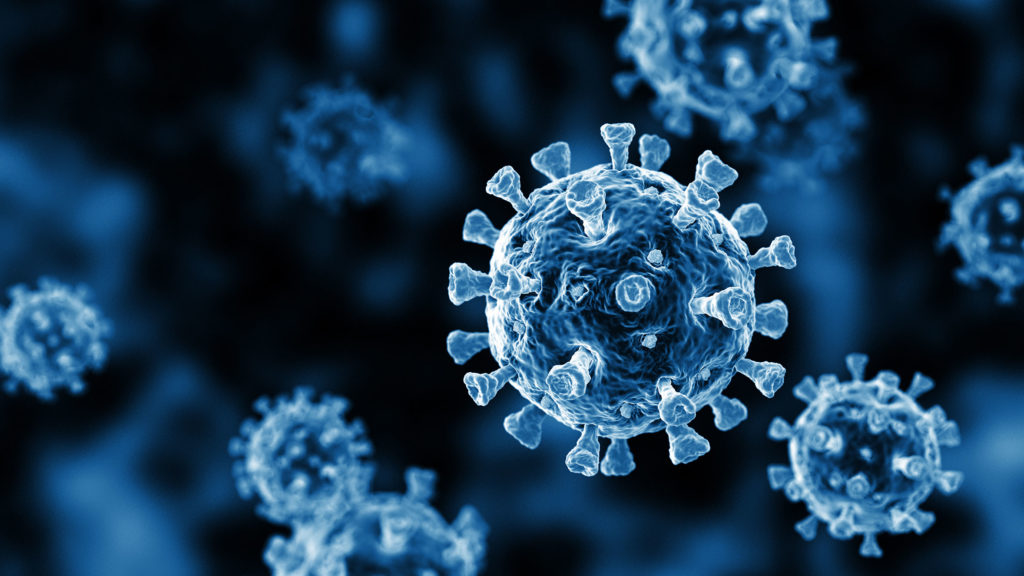
Pfizer and Moderna
The Pfizer and Moderna vaccines as mentioned use mRNA to aid the body in providing immunity. mRNA is the messenger sequence that will trigger the formation of proteins. The process of making the vaccine involved examining the genetic sequence of the virus and turning it to DNA. Doing so allowed researchers to develop the template that will result in the formation of the proper spike protein which are basically decorations on the outside of the virus that differentiate it from other viruses. When this mRNA is injected into the body the dendritic cells, which are part of our adaptive immunity and are the most dedicated Antigen Presenting Cells (APCs), recognize this piece of mRNA as nonself. They read this mRNA, use their ribosomes to make the necessary proteins, present the spike proteins (temporarily) on their surface and present it to other cells in the immune process so as to alert the immune system and begin the process of adaptive immunity. Involved in this process are the T and B cells especially the formation of memory cells. Their involvement is critical in that if they encounter spike proteins like that presented on the dendritic cell on any other cell they would be recognized as foreign invaders and destroyed or inactivated via antibodies. It is important to note that mRNA does not alter DNA as it functions in the cytoplasm and cannot infiltrate other parts of our cells including the nucleus. Also, mRNA degrades quickly over time and the components involved in the presentation of the spike proteins all degrade and die and are eventually replaced over time.
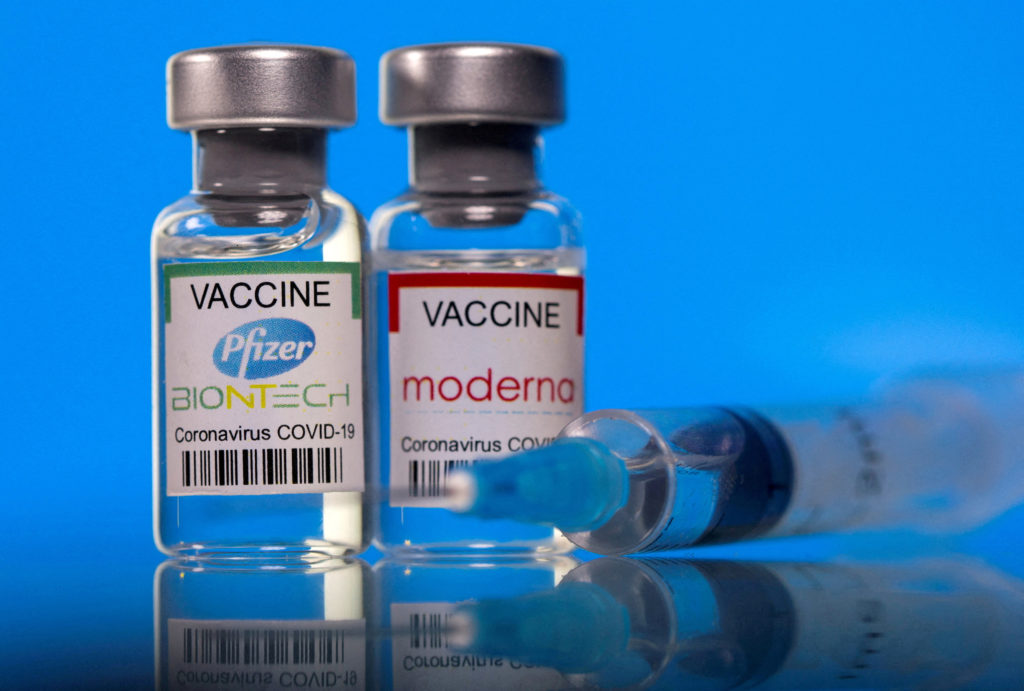
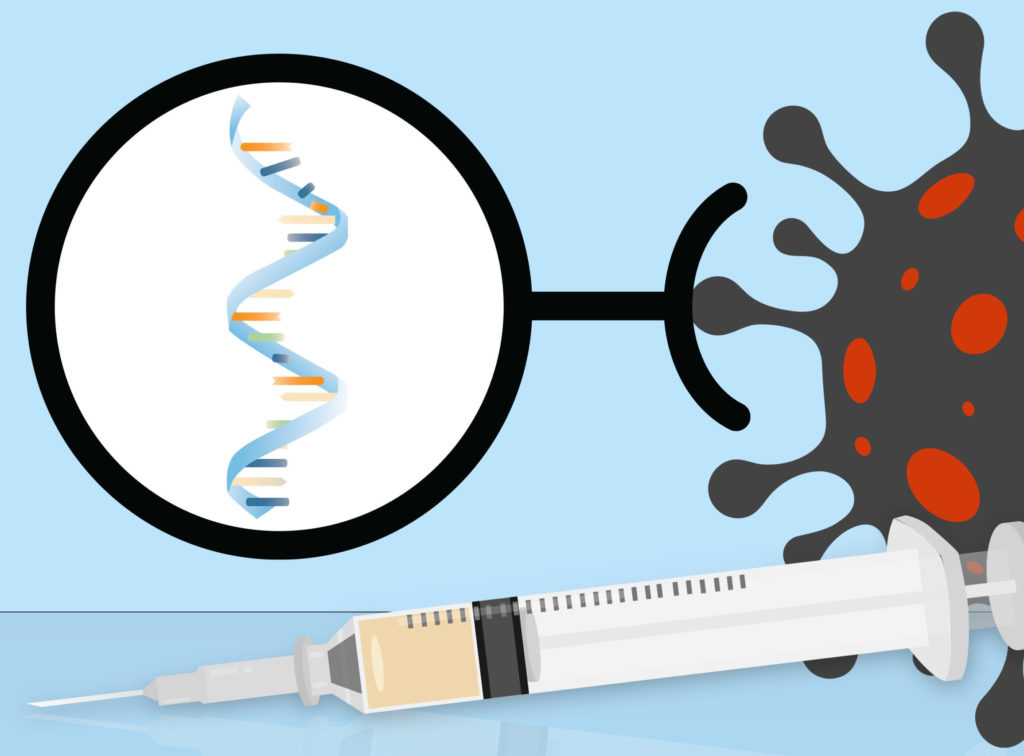
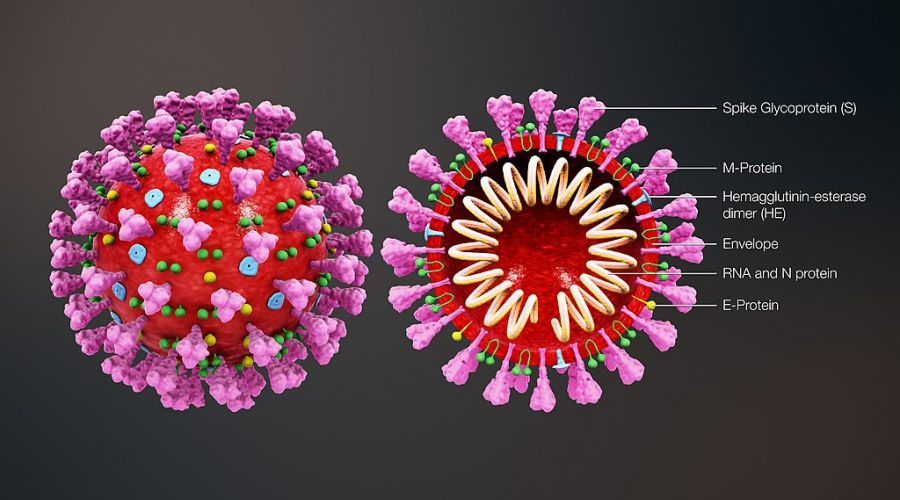
Johnson and Johnson
Unlike Pfizer which is based on mRNA, the Johnson & Johnson vaccine stores the genetic instruction for constructing the spike protein of the coronavirus as double-stranded DNA. The scientists involved inserted the gene for the coronavirus spike protein into a modified Adenovirus 26 which unlike its family cannot be replicated inside of cells and cause illnesses. Since DNA is instructional material used here and the adenovirus has a rigid protein coat the vaccine can be stored for a long period of time. Once the vaccine is injected into an individual’s arm, the adenovirus attaches itself onto proteins on the external surface of cells and is engulfed by the cell. The virus leaves the bubble created when it was endocytosed and after traveling towards the nucleus the DNA stored is released. Since this is a modified version the virus cannot replicate itself but the gene for the spike protein can be transcribed into mRNA. Now once this mRNA leaves the nucleus it follows the same process as other mRNAs and undergoes translation which results in the formation of spike proteins some of which migrate to the cell surface and can be recognized by the immune system as foreign. This response is further enhanced by the adenovirus which alerts the cell system thus strengthening the response.
Adaptive Immune Response
At this stage, the processes of both vaccines align as now it is the adaptive immune response that is taking over. Essentially the spike proteins are taken up by antigen presenting cells that will present the fragments to Helper T cells which will alert the immune system and rally other immune cells. This includes the B cells which will foster the production of antibodies that will attach themselves to the spike proteins on the coronavirus, essentially marking it for destruction and preventing it from infecting other cells. Furthermore the APCs can activate killer T cells which will aid in destroying cells that are already infected with the coronavirus. Another major difference between both vaccines is that the Johnson and Johnson vaccine is given in a single dose while the Pfizer vaccine is administered in two doses.

